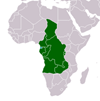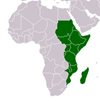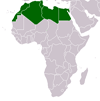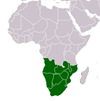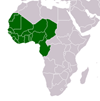Wild Libya: Narratives of violence on Egypt's Western border
Wild Libya: Narratives of violence on Egypt's Western border
In February 2015, Islamic State militants in Libya murdered 21 Coptic Christian migrant workers in an execution-style ceremony. The response, which included the violent retaliation of the Egyptian military and the perpetual commemoration of the victims by the Coptic Orthodox Church, contrasted significantly from earlier incidents of Egyptian state violence against Copts, which both the Church and the state have aimed to obscure. What then makes one act of violence against Copts more visible than the other? This article approaches this question by investigating hierarchies of violence in contemporary Egypt. I argue that the 2015 beheadings constitute what I call an 'ideal moment of violence', an instance of violence that achieves high visibility because of its narrative utility for institutions of power. I contend that the Libyan context is a key dynamic in constructing the beheadings as an ideal moment of violence for the Egyptian state. Looking at the perpetrators, victims, and form of the violence, I reveal how each of these characteristics enforces a narrative of Libyan wildness that the Egyptian security state defines itself in opposition to and in turn helps to legitimize and obscure the state's own preferred modes of violence.
CITATION: Bland, Weston. Wild Libya: Narratives of violence on Egypt's Western border . Oxon : Taylor & Francis Group , 2022. Journal of North African Studies, Vol. 27, No. 3, 2022, pp. 575-607 - Available at: https://library.au.int/wild-libya-narratives-violence-egypts-western-border

